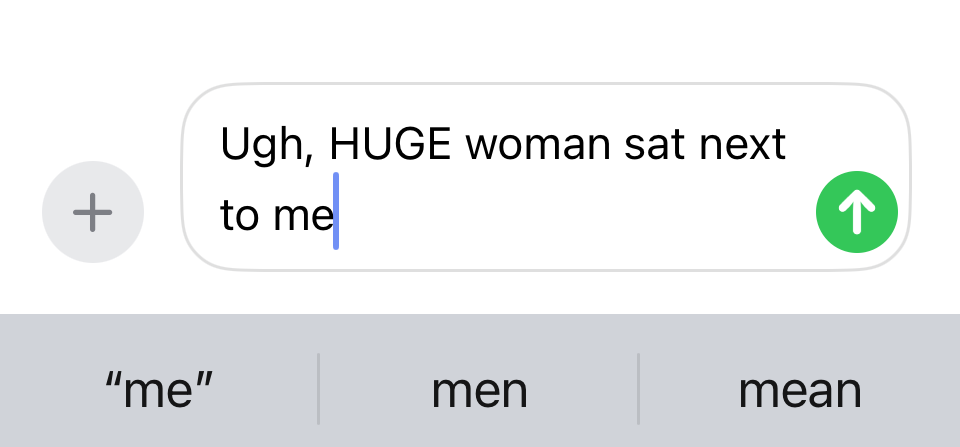When Brandan Odums got caught spraying graffiti art in an abandoned apartment complex in New Orleans, he thought he was in real trouble.
It turns out that getting caught would be the thing that launched the next chapter of his career.
Photo by Patrick Melon, used with permission.
Odums had begun creating graffiti art in the aftermath of Hurricane Katrina, when the storm left thousands of homes ruined or abandoned. He and a group of other artists created paintings there that captured the pain, frustration, loss, and hope that the community was feeling.
It started out as a project, but as people stumbled upon the space and word began to spread, it quickly became a phenomenon.
"I had no idea that the response would be what it was," Odums says. "Before we knew it, the space had turned into an underground art experience."

It turned out that lots of other people identified with the feelings that the artists were capturing, too — including the landlord.
"The owner of the property walked in as I was painting," Odums says. Odums expected to get thrown out, but instead, the owner was actually impressed by what he saw — so much so that he handed over the keys to the space so that Odums and the other artists could set up a temporary art show, called "#ProjectBe." He then later helped Odums set up an exhibition in a more permanent space, which he called "#ExhibitBe."
People came from all over the city, state, and country to see the art that Odums and his colleagues were creating in New Orleans.
"It was an amazing experience, just seeing the power of art, alchemy transforming this negative into a positive," Odums says. Many of the people who came through used to live in one of the now abandoned places that were ruined by Katrina. Witnessing something so painful turned into something powerful, Odums says, is what the project is all about.

"I think there’s a certain spirit in New Orleans that’s about alchemy. There’s a certain spirit that’s about transformation," Odums says. "I think all the beautiful elements of New Orleans, when you look at it closely, you see that all the things people find beautiful about the city, they were all born out of struggle or pain or sadness."
The power of Odums' art comes from more than just the place. It's also about the people he chooses to paint.
Odums paints black people, both prominent icons from history as well as everyday people that he’s met or seen. The portrayal of black beauty on such a large scale has a huge effect on the people who pass through.
"I think it could be summarized in this one particular moment," Odums says. "We gave this tour to a middle school, and afterward I asked this young man which painting was his favorite."
The boy pointed to a portrait of a teenager that Odums had painted with a shirt on it that read "alchemy."
"I asked him why," Odums says. "And he said, 'Because it looks like me.'"

That struck Odums in a powerful way.
"It brought me back to the moments when I was in art school," he says. "It made me remember that I never had that experience, where I went to an art space where I felt like I was reflected or where I was able to see something positive or beautiful about who I am reflected on the walls." He’s able to give that representation to a younger generation.
Now, Odums is leaving his studio and taking his art out into the streets of New Orleans.
For the city’s tercentennial, he’s paired with local government to start putting up graffiti murals all around town, depicting the history of each individual place.
"There’s all these historic sites and markers in the city. So how can we use visual art and street art and murals to bring those stories alive?" he says. "We’re bringing another layer of New Orleans to life."

The sites of the new murals haven’t been chosen yet, but they will likely reflect New Orleans’ history as the birthplace of jazz, a major player in the struggle for abolition, and many of the other significant events that have taken place over the city’s 300-year history.
"There’s so much history, so many important ideas that were born in this city," Odums says. "How can the visual arts explore that? That’s what we’re trying to figure out."
Odums doesn’t paint just because he loves the practice. It’s also about giving back to his community.
His commitment to community service stems from a philosophy that he’s held since he was a child.

"My father was in the military for 25 years," he says. Growing up in a military family, Odums learned early what it means to live a life committed to serving others. "Seeing him put on the uniform and understanding what it meant, this extreme type of service," Odums says, rubbed off on him and inspired his work in New Orleans.
He says that his love for others actually is rooted in an attitude of healthy self-love.

"I was raised with this level of love for myself, and in return, love for my community," he says.
"If I deserve better, then my neighbor deserves better," he continues."It’s this idea that we all should be engaged in demanding more from the status quo."




 It's sweet when they make you a "cheer up" card, but it shouldn't be happening all the time. Photo by
It's sweet when they make you a "cheer up" card, but it shouldn't be happening all the time. Photo by 


 A representative image of a text.via Tod Perry
A representative image of a text.via Tod Perry